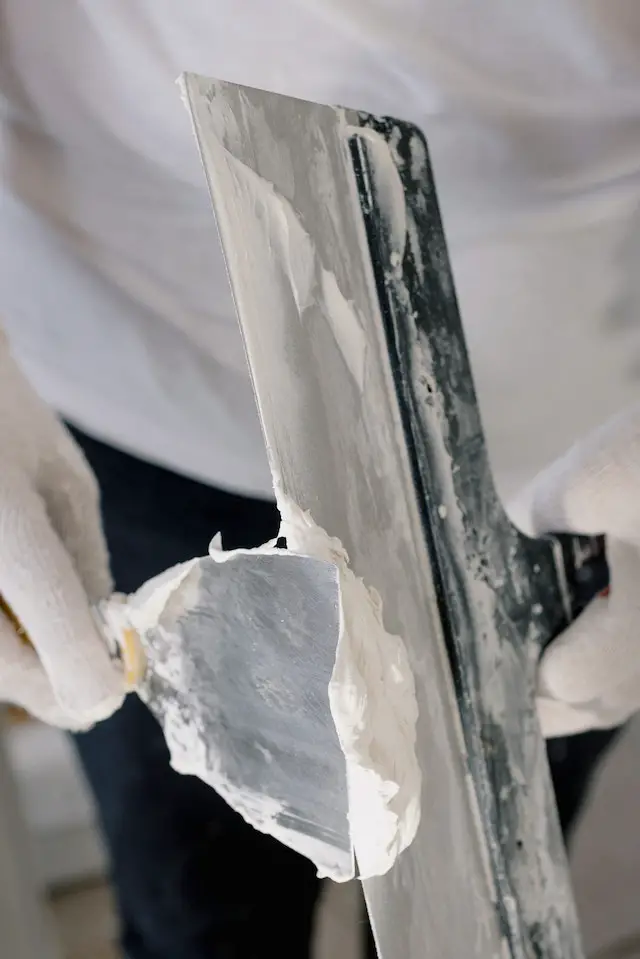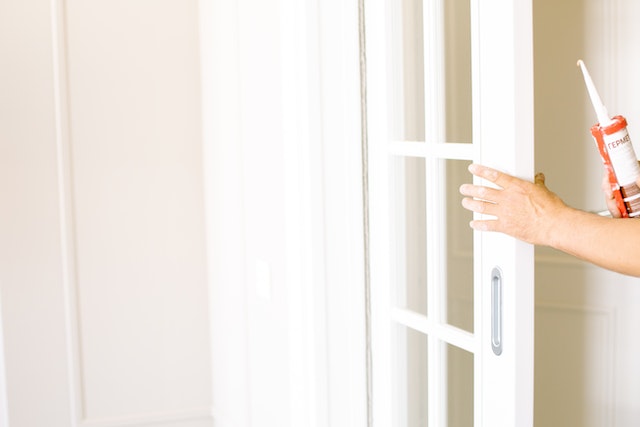Wood putty is a type of paste used to fill small cracks, holes, or gaps in wood surfaces, while wood filler is used to repair larger defects in wood such as cracks, dents, and gouges. Wood putty dries harder and is better suited for filling small defects, while wood filler dries to a harder consistency and is more appropriate for repairing larger areas.
What is wood putty?
Wood putty is a type of wood filler that is used to fill in cracks, holes, and other imperfections in wood surfaces. It is made from a mixture of wood fibers, resins, and binders that are combined to create a putty-like consistency. Once applied, wood putty can be sanded down and stained or painted to match the surrounding wood surface.
What is wood filler?
Wood filler is a type of filler that is used to fill in gaps between pieces of wood. It is made from a variety of materials, including sawdust, wood chips, and shavings. Wood filler can also be purchased in different colors to match the surrounding wood.
Wood putty Vs. Wood filler – Key differences
Wood putty and wood filler are both used for repairing wooden surfaces, but there are some key differences between the two:
Purpose: Wood putty is designed to fill small cracks, nail holes, and other small defects in wooden surfaces. Wood filler is used for larger defects, such as dents, gouges, and cracks.
Composition: Wood putty is typically made of a combination of filler materials and a binding agent, such as oil or wax, which gives it a pliable consistency that can be easily applied to small areas. Wood filler, on the other hand, is typically made from a combination of sawdust or wood fibers and a binding agent, such as resin, which creates a harder, more durable material.
Drying time: Wood putty dries quickly and is often ready for sanding and painting within an hour or two. Wood filler takes longer to dry and may need to be left overnight before sanding and painting.
Application: Wood putty is usually applied with a putty knife, while wood filler is applied with a trowel or a spatula.
Appearance: Wood putty is available in a variety of colors to match the surrounding wood, while wood filler is usually a beige or light brown color that can be stained or painted over.
When to use wood filler and when to use wood putty?
(Photo by Ksenia Chernaya)

Wood filler and wood putty have different properties and are used for different purposes. In general, wood filler is used to fill large gaps, holes, and cracks in wood, while wood putty is used to fill smaller imperfections and surface defects, such as nail holes or small scratches.
Wood filler is typically made of a mixture of wood particles and a binding agent, and is applied to a surface using a putty knife or a similar tool. It can be sanded, painted, and stained after it dries, and can be used to create a smooth, level surface on damaged or uneven wood.
Wood putty, on the other hand, is a much finer material and is made primarily of finely ground wood particles mixed with a binder. It is applied to a surface in much the same way as wood filler, but is typically used for smaller repairs or surface blemishes. It is not as strong or durable as wood filler and may not hold up well in high-traffic areas.
In summary, wood filler is best for larger repairs or areas that need to be strengthened or leveled, while wood putty is best for smaller cosmetic repairs and touch-ups.
How to apply wood filler and wood putty?
(Photo by La Miko)

To apply wood filler and wood putty, follow these general steps:
- Prepare the surface: Sand the area where you will be applying the wood filler or putty to remove any rough spots, dirt, or debris.
- Apply the product: For wood filler, apply it to the surface with a putty knife, filling the gap or hole completely. For wood putty, scoop out a small amount with a putty knife and apply it to the surface, pressing it in with the knife and smoothing it out.
- Let it dry: Allow the product to dry completely, following the manufacturer’s instructions.
- Sand and finish: Once the product is dry, use sandpaper to smooth out any rough spots or excess product. Then, finish the surface as desired, such as by painting or staining.
Note that the specific application process may vary depending on the type of wood filler or putty being used, so it is important to read and follow the manufacturer’s instructions carefully.
The advantages and disadvantages of wood putty
Wood putty is a material that is used to fill small holes and gaps in wood surfaces. Some of its advantages and disadvantages are:
Advantages:
- Easy to apply: Wood putty is easy to apply with a putty knife or even with fingers.
- Quick-drying: Wood putty dries quickly, usually within a few hours.
Disadvantages:
- Not suitable for large holes: Wood putty is not suitable for filling large holes or gaps in wood.
- May crack or shrink: Over time, wood putty may crack or shrink, especially if it is exposed to temperature or humidity changes.
Wood putty is a good option for small repairs or touch-ups, but it is not recommended for larger holes or gaps.
The advantages and disadvantages of wood filler
Wood fillers are used to fill gaps and voids in wooden surfaces, and they have several advantages and disadvantages.
Advantages:
- Wood fillers can be stained or painted to match the surrounding wood, making them blend in seamlessly with the rest of the surface.
- They can be sanded, cut, or drilled after they dry, allowing for a smooth and even finish.
Disadvantages:
- Wood fillers are not as strong as the surrounding wood and may not be suitable for filling large voids or structural defects.
- They can shrink or crack over time, especially if they are exposed to changes in temperature and humidity. This may result in the need for additional repairs in the future.
Featured Image By – La Miko:








